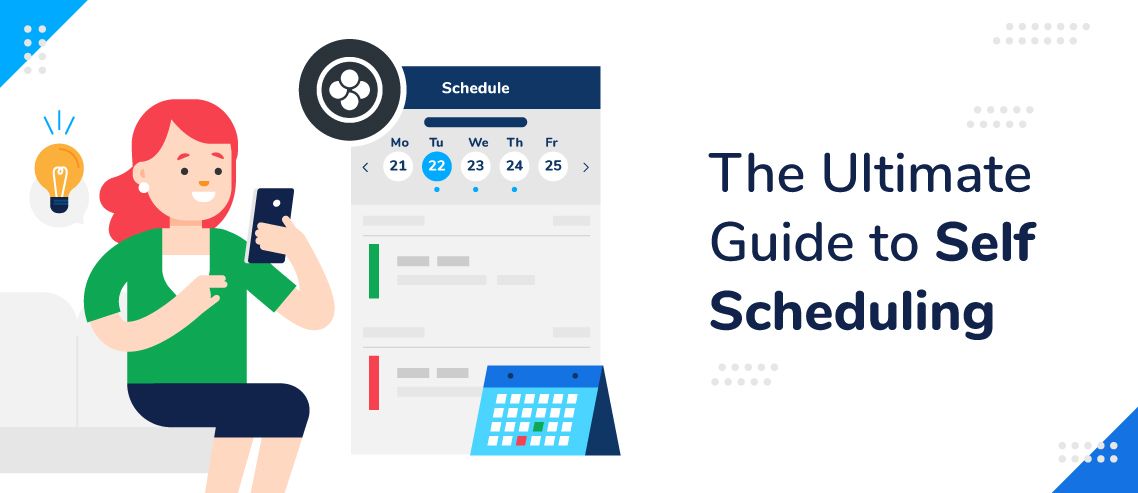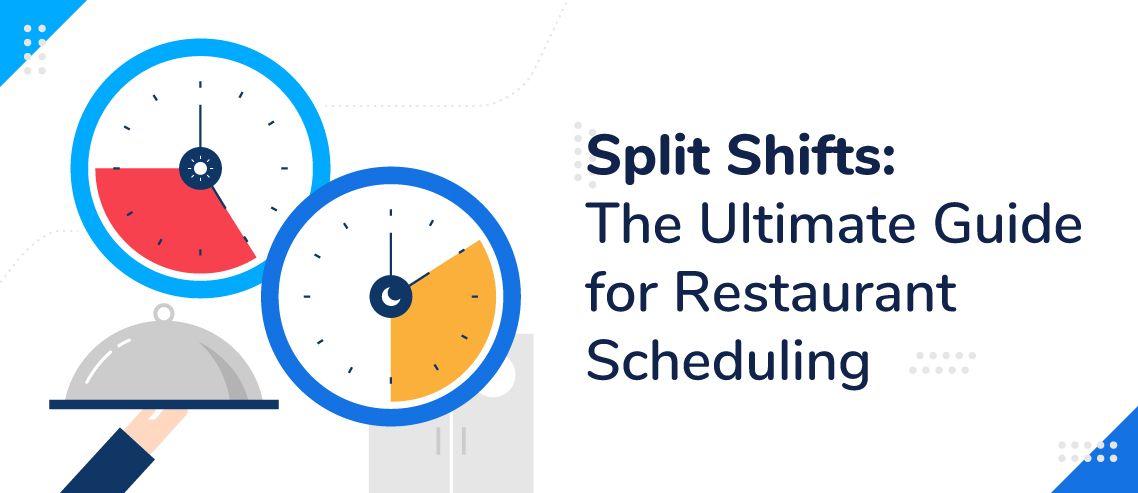The Ultimate Guide to Self Scheduling

While the gig economy has always been around in one form or another, it has snowballed in recent years, as people increasingly rely on apps to order instant products and services. More and more people are doing shift work, across numerous different roles.
In fact, 57.3 million people currently freelance in the US – a figure that is expected to rocket to 86.5 million people in 2027, with one in six workers in traditional jobs aspiring to become a primary independent earner.
While the gig economy certainly has its benefits for employers, coordinating the shifts of numerous workers – some of whom are full-time employees, while others may be freelancers or contractors – has made scheduling a more complex task for managers. This becomes particularly challenging when gig economy workers are often juggling shifts for multiple different brands.
Self scheduling is an incredibly useful workaround for both managers and employees, and unsurprisingly has been growing in popularity alongside the gig economy. Now, given the Covid-19 crisis, self scheduling has become an even more effective solution.
Here is everything you need to know about self scheduling.
What is Self Scheduling?
Self scheduling is a simple concept. At its core, it simply means letting employees choose their own shifts. This might sound a little concerning for managers wondering how all their shifts will get filled, but by following the right process for your company, you can reap the many benefits of self scheduling.
So how does it work?
Firstly, the manager identifies the shifts they need filled over a defined period of time. This is essentially the beginning of a traditional scheduling process.
But then, instead of assigning the shifts, the manager releases the empty shifts out to their bank of employees and freelancers, as applicable.
Employees then come back to the manager before a stated deadline with which shifts they would like to take, and the manager fills in the schedule and confirms the shifts.
Got unfilled shifts left over after workers have claimed the slots that work best for them? These time slots can simply be assigned to employees – perhaps the ones who missed out on their first choice shifts – as you would normally assign them. So self scheduling doesn’t preclude assigning shifts altogether, but it certainly leaves the manager with less admin to complete.
Down the line, employees may also be permitted to trade shifts with each other where necessary, further saving their manager time.
This system allows employees to have much more control over their working hours. In the era of Covid-19, self-isolation, and lockdowns, this is more important than ever.

Benefits of Self Scheduling
When done right, self scheduling has many benefits for both workers and the companies that employ them.
First, you’re providing a higher level of flexibility for workers. In the past, should their shift have clashed with another commitment, they would have had to turn it down and risk the ire of their manager. With self scheduling, people can grab the hours they want. If they wish to change their shift down the line, that’s fine too – as long as they can find someone to swap with. How does this help the manager? It’s simple: fewer missed shifts.
What’s more, the scheduling process itself should get faster, as self scheduling eliminates the need for a lot of the back and forth between workers and managers attempting to schedule in the next week or month.
Self scheduling is also a very attractive prospect for both potential and current workers. The fact that you’re willing to accommodate workers’ own schedules should boost employee retention and engagement, and attract new employees and freelancers to your brand.
Different Types of Self Scheduling
Depending on the type of business you run, and the number of workers, you will naturally approach self scheduling in a different way to other companies.
Do you need to only schedule full shifts, or could split shifts be an option, for example? Splitting shifts up offers extra flexibility to employees, and can be a big help when it comes to getting shifts covered.
Would it be useful to split your workers up into two different schedules? For example, one schedule could cover the daytime hours, while an alternative schedule outside 9-5 hours could be used for those who prefer to work evening or overnight shifts. If you have too many workers self scheduling across the same shifts, things can get a little complicated.
If your business is not consumer-facing, or if it is run remotely with lots of workers – a call center for example – there are more options available to you than those managing hospitality businesses.
For instance, flexible time allows workers to put in the hours when they want to, by – for instance – starting later in the morning and working later into the evening. Alternatively, using agile shifts puts the focus on the worker’s productivity rather than their working hours. This allows them to leave when they’ve finished all their work for the day.

Self Scheduling Tips
Before you jump in with self scheduling, it’s important to first work out an airtight process to avoid any confusion. Remember, you want your new system to promote productivity, not hamper it.
First, consider which platform you’ll use for self scheduling. With such a system it’s vital to use a tool with real time capabilities that all employees are able to access and use easily. Seek out a platform that makes communication easy and comes with an app, so workers can use it on the go. Zoomshift offers all of these benefits and more.
You must also outline the rules for your system. How will you decide which worker or workers to use when shifts are overbooked? How will you assign unfilled shifts? What will you do about unpopular shifts? Are employees permitted to book themselves in for back-to-back shifts, and if so how many?
It’s also worth consulting with your team, especially in the early days of self scheduling. How is the system working? Can it be improved? Adapt your system in line with feedback.
If you’re nervous about the move, start small by using self-scheduling for just the weekend or evenings, for example, or one day a week. As you get used to the system, it can be rolled out further.
JD enjoys teaching people how to use ZoomShift to save time spent on scheduling. He’s curious, likes learning new things everyday and playing the guitar (although it’s a work in progress).



